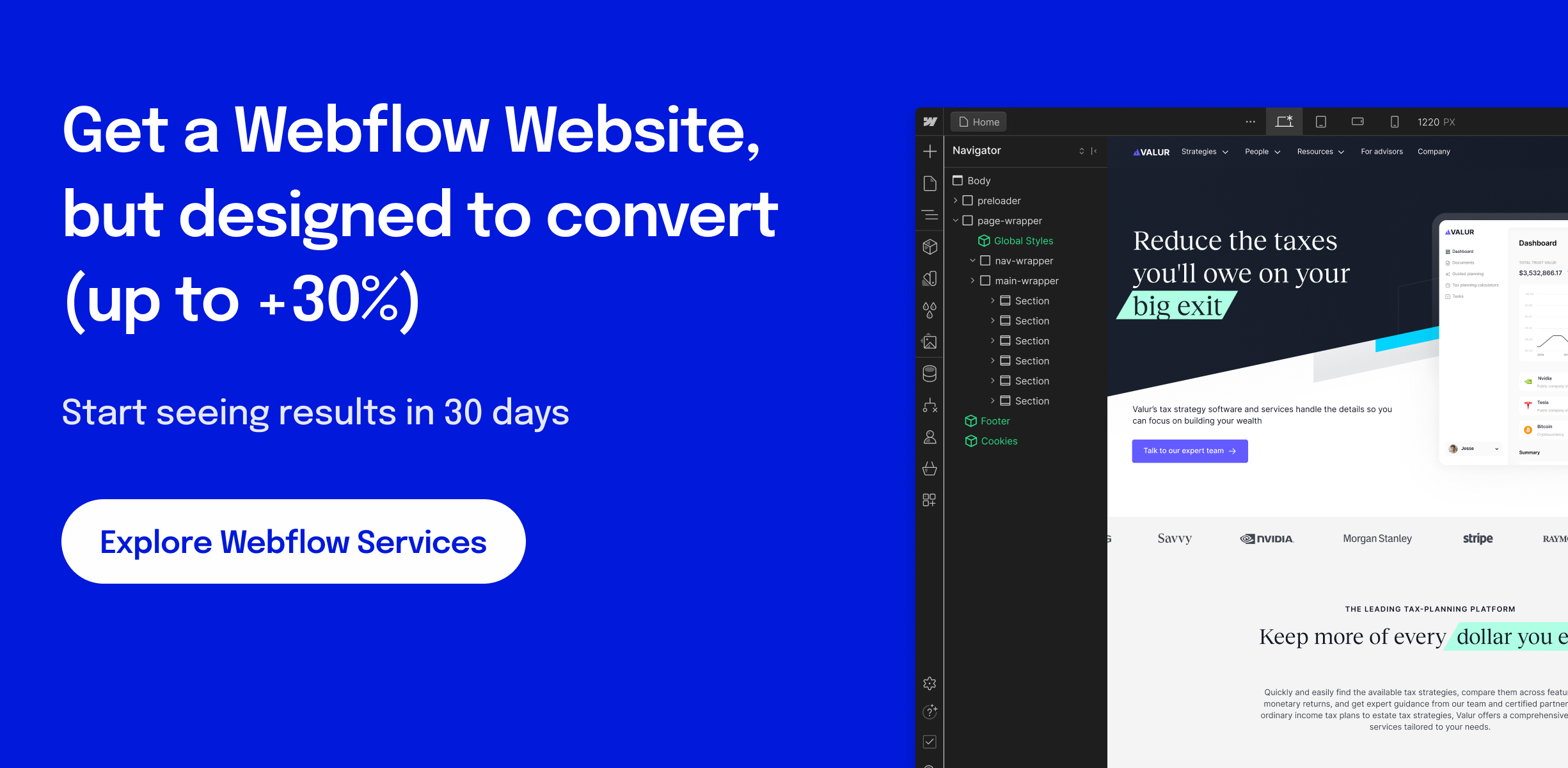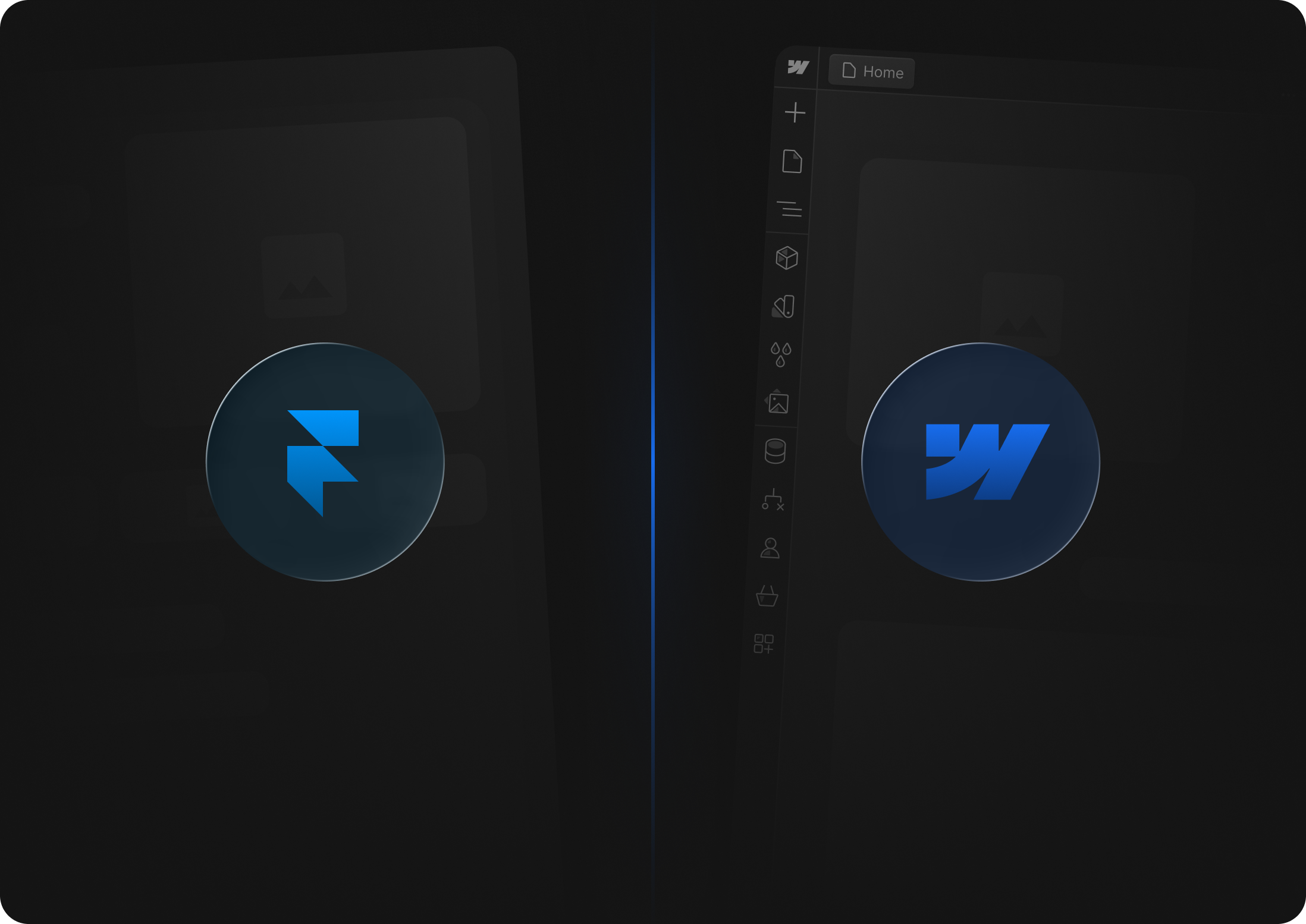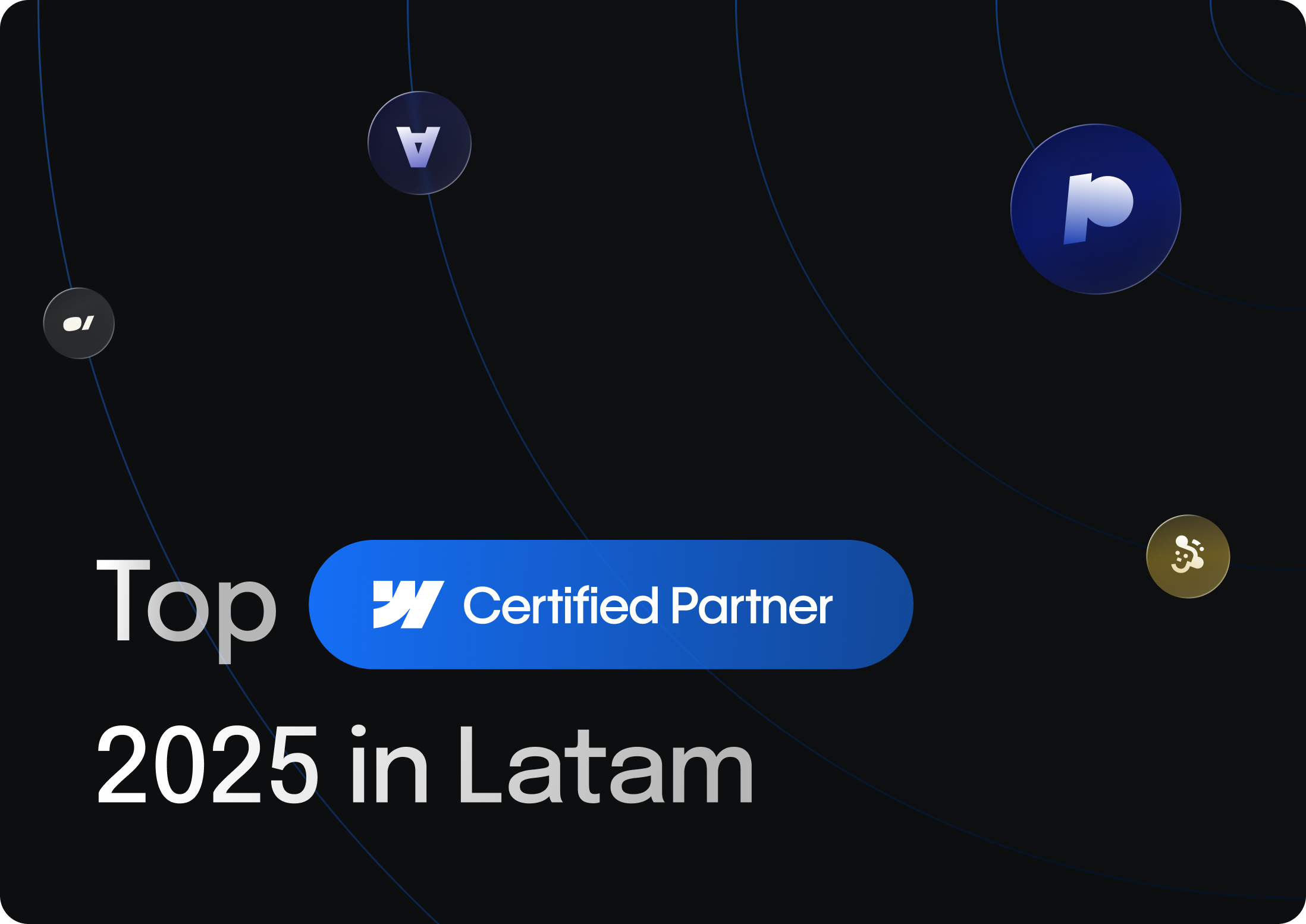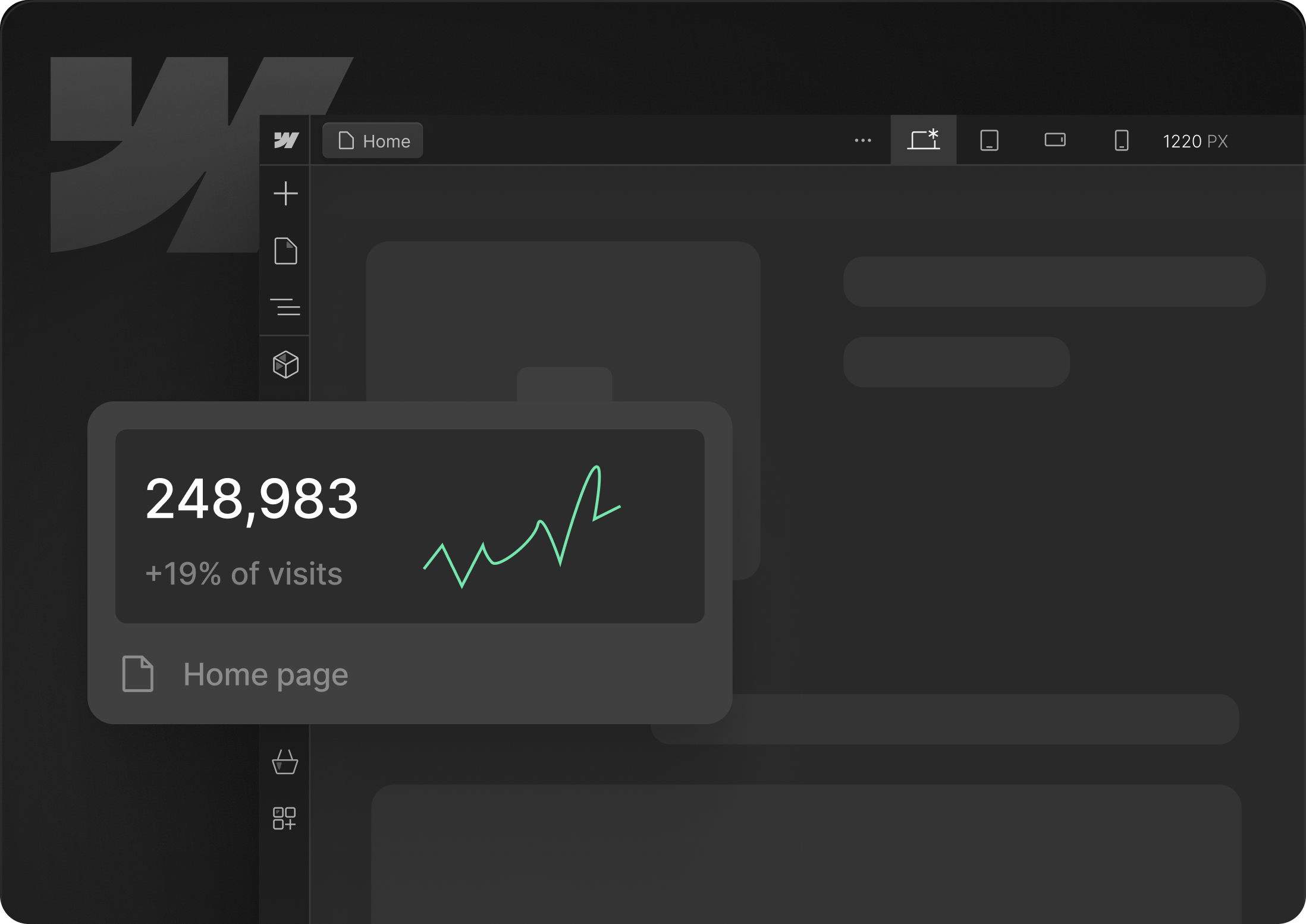Aligning Your Vision with the Right Platform
As no-code tools mature, designers and businesses face an ever-expanding toolkit of platforms that promise faster delivery without sacrificing quality. Among these, Webflow and Framer have emerged as two heavyweights—each with a distinct approach to building modern websites without writing a line of code. Understanding their core differences will help you pick the platform that best aligns with your vision and resources.
In the following sections we’ll explore how Webflow’s comprehensive suite stacks up against Framer’s agile, prototyping-first mindset. From product philosophy to content workflows, our side-by-side analysis will arm you with the insights you need before you start your next build.
Two No-Code Giants
The no-code movement is more than just a trend—it’s a paradigm shift in how digital products come to life. Framer began as a rapid prototyping tool beloved by designers for its ease of use and velocity. Over time it has evolved into a full web builder, maintaining its emphasis on quick, visually driven development.
Meanwhile, Webflow positions itself as an all-in-one platform: visual design, CMS and hosting seamlessly integrated. It caters to teams that want pixel-perfect control and scalability. Both tools accelerate workflows, but they solve different problems and cater to different stages of the product lifecycle.
Product Philosophy and Approach
Webflow was born to empower designers to create production-quality sites without relying on a development team. Its visual editor mirrors the power of CSS and HTML, offering granular control over every element. The learning curve can be steep, but designers who invest the time unlock near-infinite customization and robust performance.
Framer, in contrast, remains true to its origins as a prototyping powerhouse. The platform’s guided interface and prebuilt components let you spin up a landing page or MVP in minutes. It trades some of Webflow’s technical depth for speed, making it ideal for quick iterations and concept validation.
Design and Customization
In Webflow, every pixel is yours to command. From intricate grid layouts to advanced microinteractions and full CSS control, the platform’s visual interface empowers you to build enterprise-grade sites that scale effortlessly. Whether you’re crafting a global brand experience or a data-driven application, Webflow’s robust styling system and extensible component library ensure your designs remain consistent and maintainable—even as project requirements evolve.
Framer gives designers a truly open canvas built for rapid innovation. Its AI-assisted responsive layouts and extensive library of customizable components let you spin up high-fidelity prototypes in minutes, while support for React-based Code Components brings unlimited flexibility. With real-time collaboration, built-in SEO, hosting and a capable CMS all included, Framer transforms polished mockups into production-ready sites without skipping a beat.
When it comes to choosing between them, consider your long-term roadmap. If you need a solution that can grow in complexity—handling large content collections, custom integrations or multi-region deployments—Webflow’s scalability and structured design system make it the safer bet. If your priority is speed of iteration, creative freedom and a developer-friendly approach for small to mid-sized projects, Framer’s streamlined workflow and instant turnaround will keep your team moving fast.
CMS and Content Management
Webflow’s CMS is engineered to scale with your business. You can create complex content types, manage dynamic collections and push frequent updates without touching code. It’s the go-to choice for blogs, media sites or corporate portals that require a robust publishing workflow.
Framer introduced its own CMS more recently. While intuitive and perfectly adequate for simple portfolios or personal blogs, it isn’t yet on par with Webflow’s flexibility. Large or content-heavy projects may find Framer’s offering limiting when it comes to advanced data structures or editorial requirements.

Animations and Interactions
Webflow’s interactions panel unlocks a broad spectrum of triggers—scroll, click, viewport visibility—and lets you choreograph intricate, immersive animations. Whether you need subtle fades or complex timeline-based sequences, the platform delivers full control over timing, easing and triggers.
Framer also excels at quick animation setups. Its focus is on enabling designers to add microinteractions and smooth transitions in minutes. For advanced or highly customized effects, however, you may hit the boundaries of its simpler interface.
Choosing by Your Profile
Select Webflow if you envision a long-term growth strategy, require a fully custom site and demand SEO optimization out of the box. It’s perfect for enterprises, agencies and startups that need a digital foundation capable of evolving alongside their business.
Opt for Framer when your priority is speed. If you’re launching an MVP, building a portfolio or spinning up a landing page on a tight deadline, Framer strikes an ideal balance between modern aesthetics and ease of use.
It All Depends on Your Strategy
Ultimately, Webflow and Framer represent two distinct philosophies within the no-code ecosystem. Your choice hinges not only on present needs but also on your future roadmap.
If you’re committed to building a scalable brand, with unlimited flexibility and a heavyweight CMS, Webflow will be your strongest ally. If your focus is rapid validation, market testing and fast iterations, Framer can serve as the perfect launchpad. Both platforms, when leveraged correctly, can underpin remarkable digital success stories.
Choosing the Ideal Partner for Your Project
For over 15 years, Polonio has been mastering Webflow—long before no-code became mainstream. As Certified Webflow Partners, we’ve delivered more than 100 bespoke projects, from simple microsites to complex CMS-driven platforms, always upholding the highest standards of performance and design. Our deep familiarity with Webflow’s evolving feature set means we can architect solutions that not only look stunning but are built to last, avoiding technical debt and ensuring your site scales seamlessly as your business grows.
No matter what stage your project is in—whether you’re brainstorming a minimum-viable landing page or ready to launch a full marketing funnel—we’ll guide you every step of the way. Leveraging our proven 30-day launch framework, we’ll craft a conversion-optimised landing page that resonates with your audience and delivers measurable results in under a month. With Polonio by your side, you’ll move faster, mitigate risk, and see a real impact on your ROI almost immediately.







